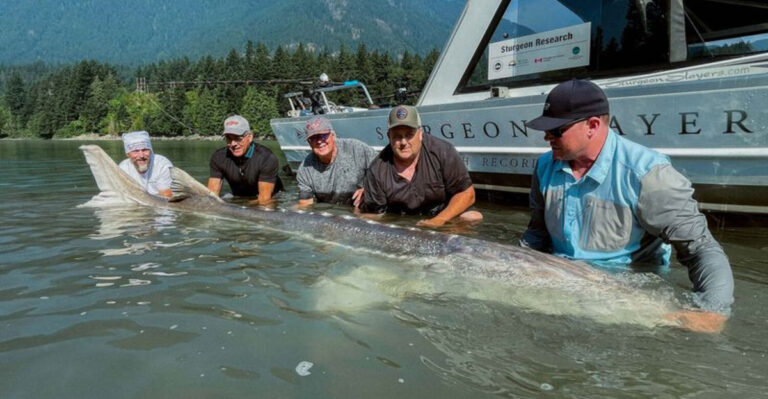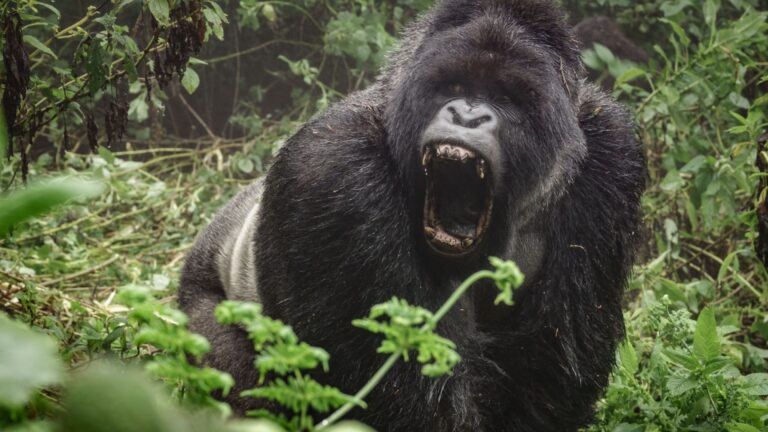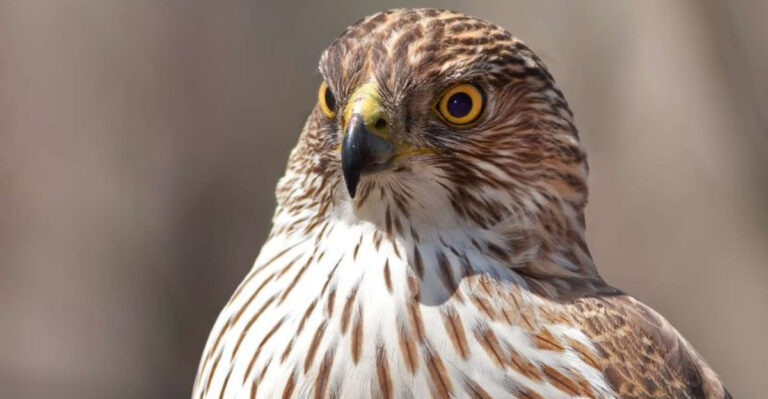14 Incredible Ways Wolves Are Shaping America’s Ecosystems
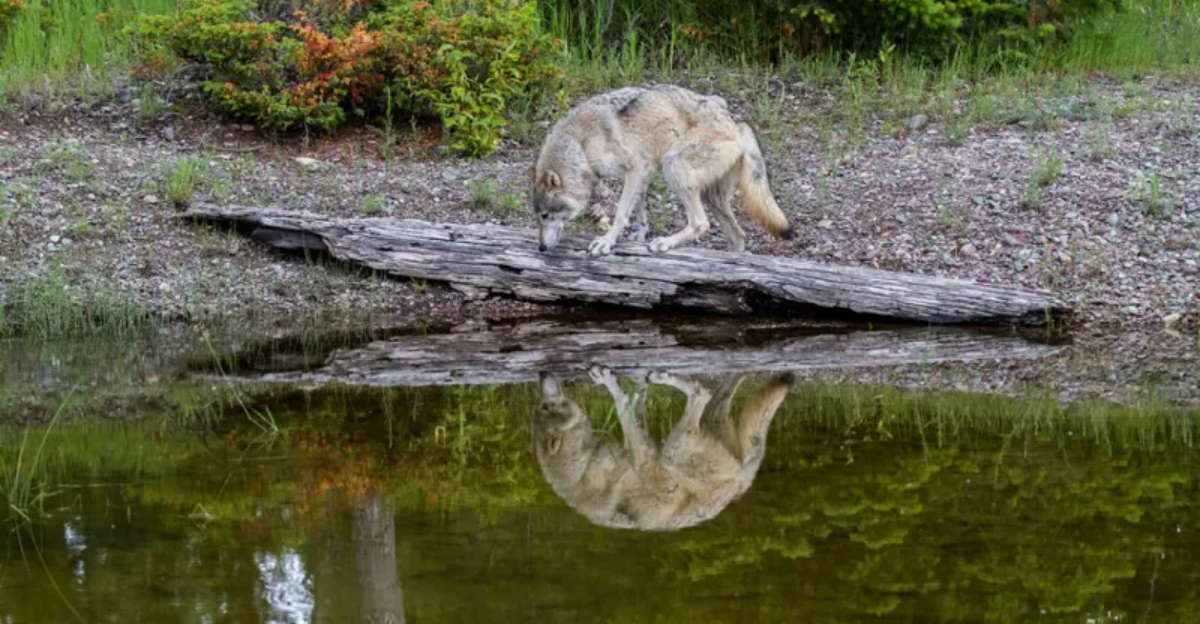
Wolves are often regarded as fierce predators, but their influence on ecosystems extends far beyond hunting. As apex predators, they play a pivotal role in maintaining the balance of natural environments.
From regulating prey populations to fostering plant and animal diversity, wolves have a profound impact on the ecosystems they inhabit. Their presence helps shape the land, improve biodiversity, and even enhance local economies through ecotourism.
1. Maintaining Predator-Prey Balance
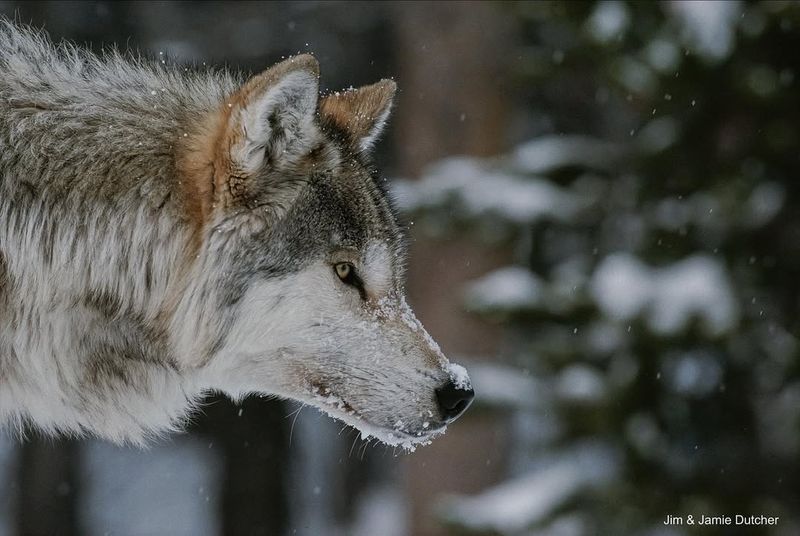
Wolves are apex predators, and their presence in ecosystems helps maintain the delicate balance between predators and prey.
By keeping the populations of smaller predators in check, wolves ensure that herbivore species, such as deer and elk, do not overpopulate and destroy plant life. This balance is crucial for maintaining healthy ecosystems and promoting biodiversity.
2. Enhancing Soil Fertility
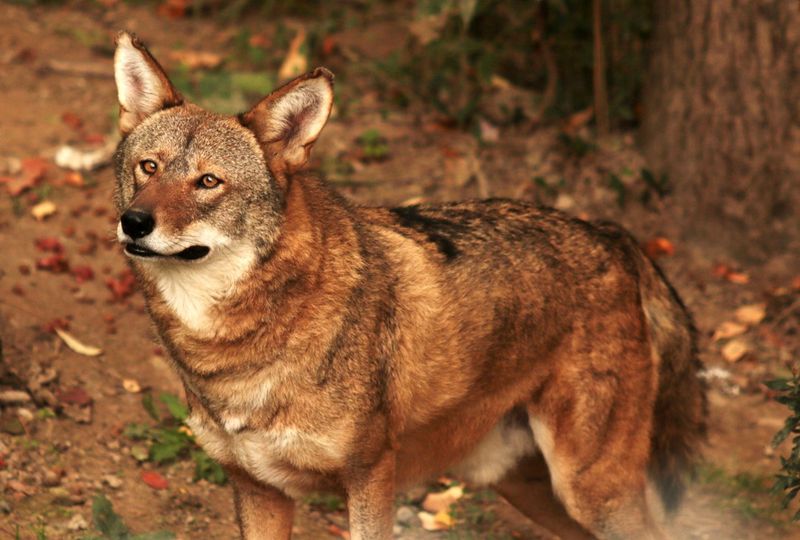
Wolves indirectly contribute to enhancing soil fertility through their hunting habits. When wolves hunt, they often leave behind carcasses, which attract scavengers like birds, ravens, and other animals.
These scavengers help break down the remains, which enriches the soil with nutrients. This process helps improve soil quality, fostering the growth of plants and promoting overall ecosystem health.
3. Regulating Deer Population
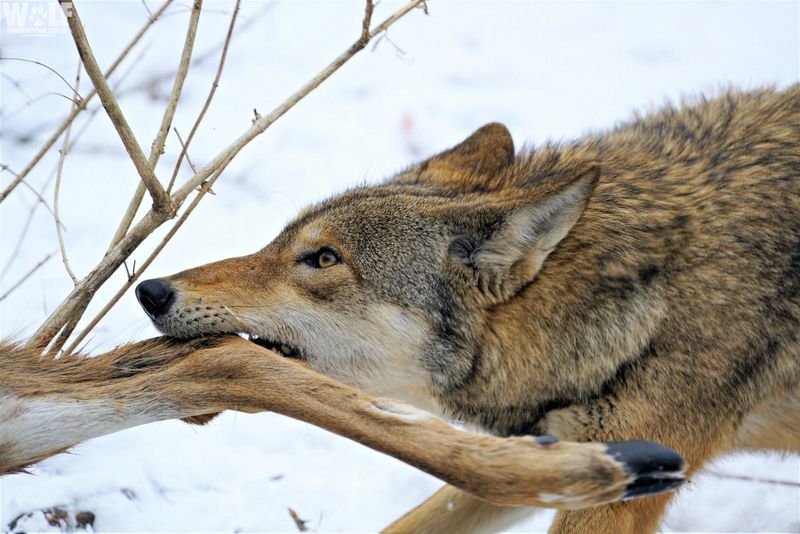
Wolves are natural regulators of deer populations. By hunting and preying on deer, they prevent overpopulation, which can lead to overgrazing.
Without wolves, deer numbers can skyrocket, causing them to consume too much vegetation, which can negatively impact plant diversity and the overall health of the ecosystem.
Wolves help ensure that deer populations remain at sustainable levels, allowing other species to thrive and maintain a balanced environment.
4. Boosting Biodiversity
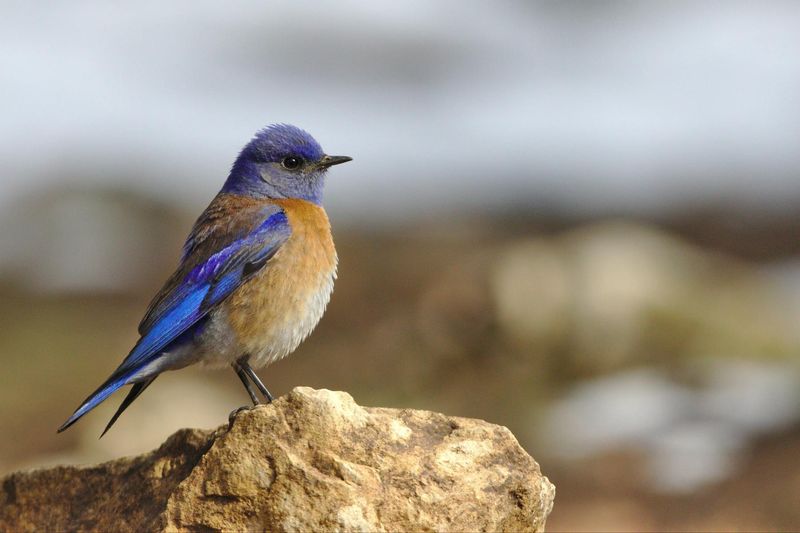
Wolves are key players in boosting biodiversity in ecosystems. By controlling populations of herbivores, they indirectly allow a wide variety of plant species to grow and thrive.
This, in turn, supports a variety of other animals, from insects to birds, creating a more diverse and vibrant ecosystem. Wolves’ presence is essential for maintaining the intricate web of life, ensuring that both plant and animal populations flourish.
5. Influencing River Courses
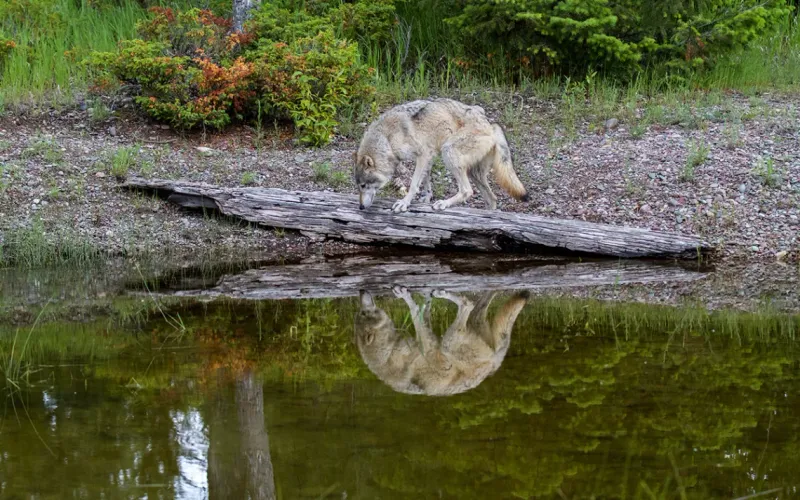
Wolves have even been shown to influence the course of rivers. In places like Yellowstone National Park, the presence of wolves has helped reduce the number of grazing animals like elk, which were overgrazing the vegetation along riverbanks.
With the vegetation restored, the banks became sturdier, reducing soil erosion and allowing rivers to flow more naturally. Wolves’ impact extends far beyond just their immediate prey—they shape the very landscape of the areas they inhabit.
6. Supporting Scavenger Species
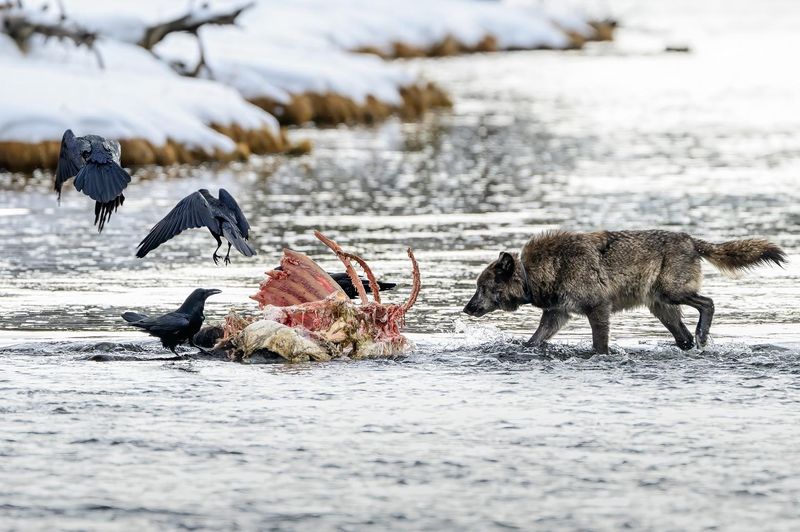
When wolves hunt, they don’t always consume everything they kill. Their leftovers provide an important food source for scavenger species such as ravens, foxes, and coyotes.
This creates a cycle of sustenance, where the wolves’ hunting habits help support other creatures that would otherwise struggle to find food. Wolves, in essence, play a crucial role in supporting the survival of many scavenger species in their ecosystems.
7. Enhancing Tree Growth
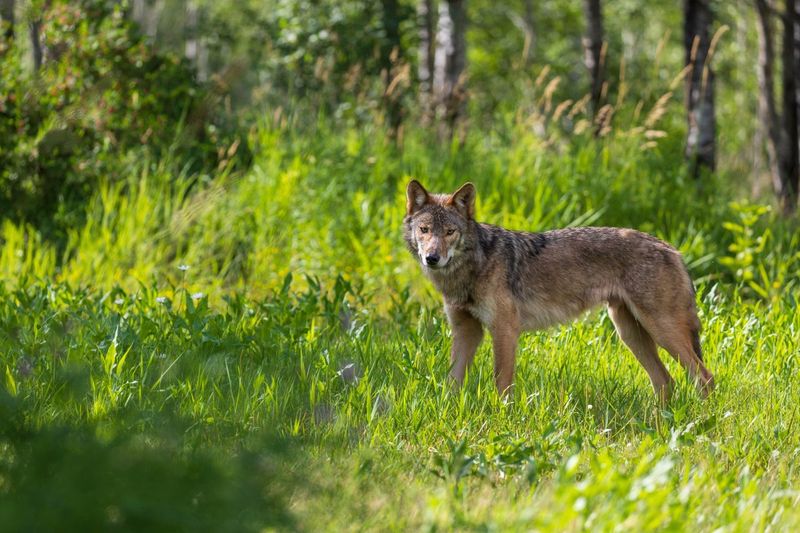
The presence of wolves has a surprising influence on tree growth. By regulating herbivore populations, such as deer, wolves prevent overgrazing of young trees and shrubs.
This allows tree seedlings to grow taller and stronger, ultimately leading to healthier forests. As trees flourish, they provide vital resources for countless other species, creating a healthier, more resilient ecosystem in areas where wolves roam.
8. Promoting Beavers’ Activities
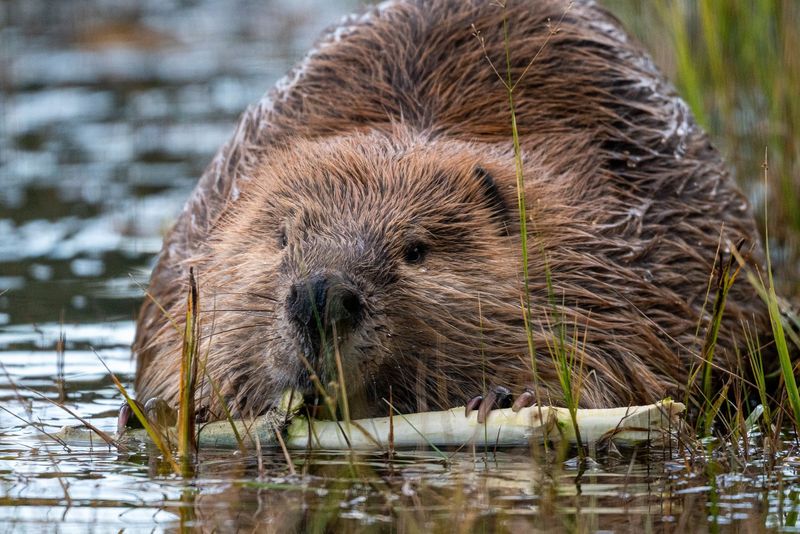
Wolves help promote the activities of beavers, particularly in areas like Yellowstone. With their presence, wolves reduce elk populations that would otherwise decimate willow trees—the primary food source for beavers.
When wolves control elk numbers, it allows willow trees to regenerate, providing beavers with the materials they need to build dams. The beavers’ dams then create wetlands, which benefit other species and enhance overall biodiversity.
9. Reducing Wildfire Risks
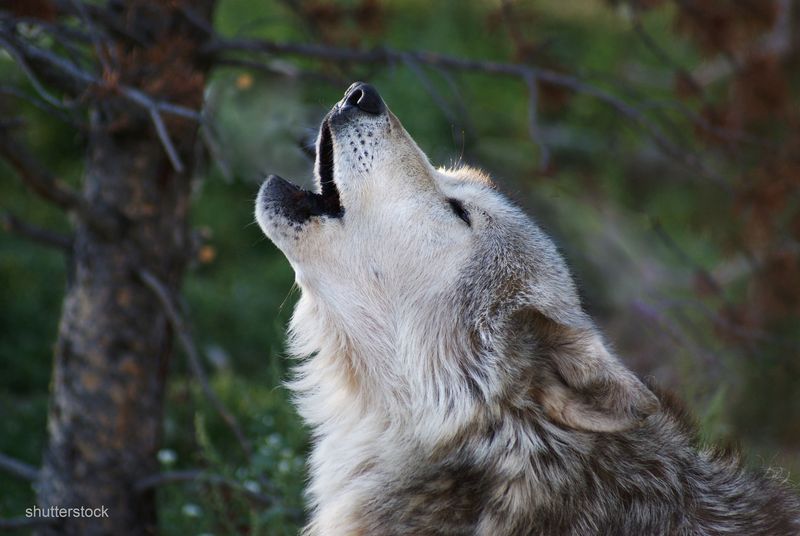
Wolves help reduce the risks of wildfires in certain areas by maintaining a healthy balance in plant and animal populations. With wolves managing herbivore populations, especially deer and elk, overgrazing of vegetation decreases.
This allows plants to grow stronger and healthier, which can act as a natural firebreak during wildfire seasons.
Wolves play an indirect yet important role in preventing uncontrolled wildfires by fostering the growth of more resilient vegetation.
10. Aiding Carbon Sequestration
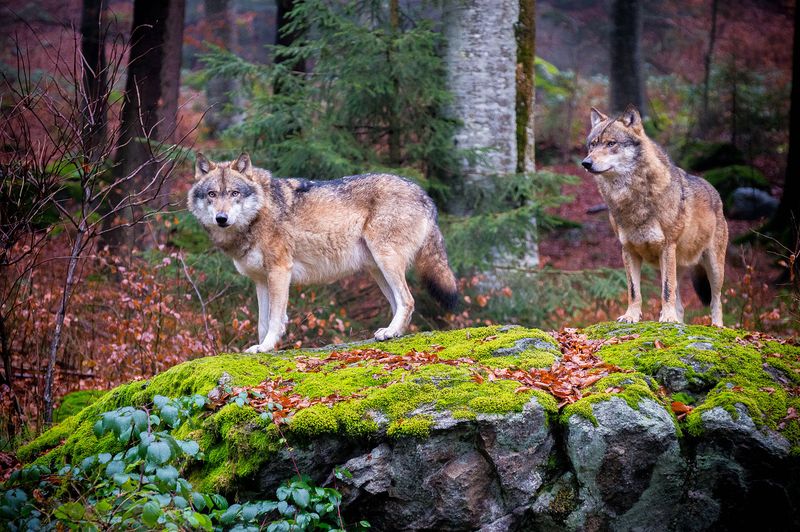
Wolves contribute to carbon sequestration, the process by which carbon dioxide is absorbed and stored in vegetation. By controlling herbivore populations and allowing plants and trees to regenerate, wolves help promote the growth of carbon-absorbing vegetation.
The presence of wolves, in turn, helps mitigate the effects of climate change by supporting ecosystems that act as carbon sinks, contributing to the planet’s health.
11. Supporting Prairie Ecosystems
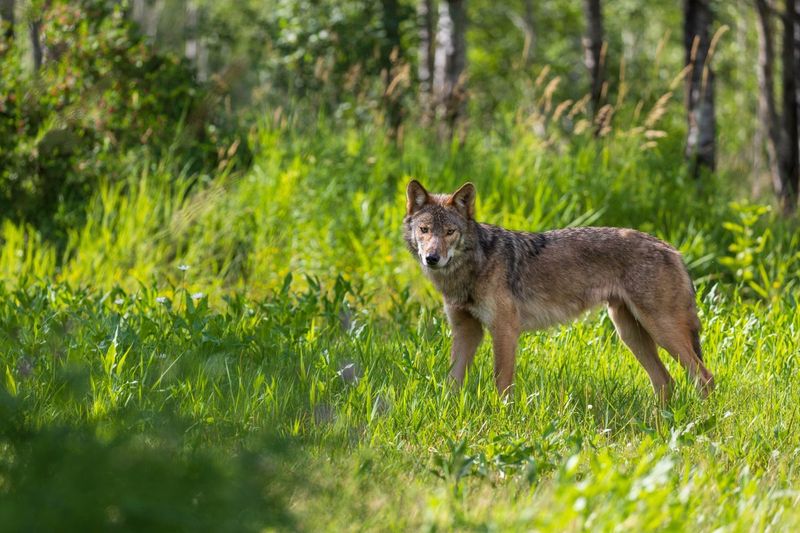
In prairie ecosystems, wolves play a vital role in maintaining balance by managing populations of grazing animals like bison and elk. Without wolves, these animals might overgraze the land, damaging vegetation and leading to soil degradation.
Wolves, by regulating grazing behavior, help ensure the health of the prairie ecosystem, allowing grasses and other plants to thrive and support a range of species.
12. Fostering Insect Diversity
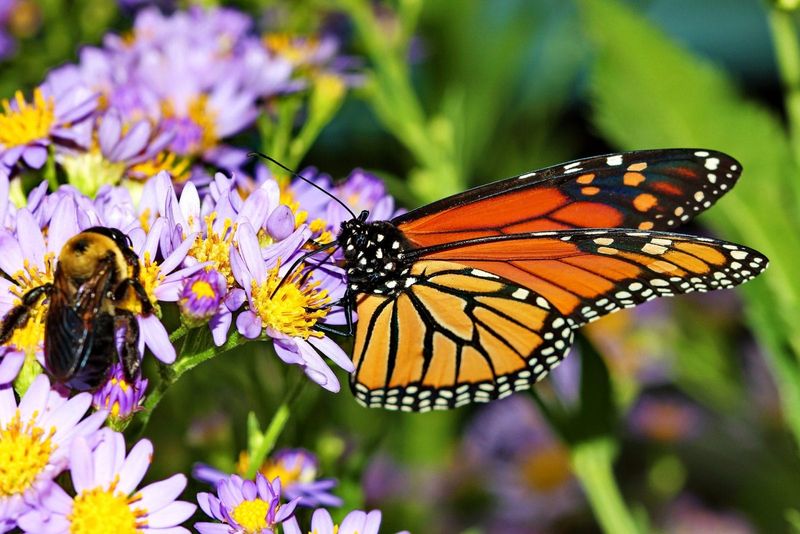
Wolves can also help foster insect diversity in ecosystems. By maintaining balanced herbivore populations, wolves allow various plants to grow and reproduce, creating habitats for a diverse range of insects.
These insects, in turn, support pollination, decomposition, and soil health. Wolves’ role in regulating plant life indirectly supports the myriad of insect species that depend on a healthy, thriving ecosystem.
13. Supporting Cultural Heritage

Wolves hold deep cultural significance for many Native American tribes and communities across the United States. They symbolize strength, wisdom, and resilience.
By supporting healthy wolf populations, these communities maintain their cultural heritage, which often includes stories and teachings about the wolf’s role in nature.
Wolves are not just ecological players but also hold spiritual and symbolic meaning for many indigenous cultures.
14. Encouraging Ecotourism
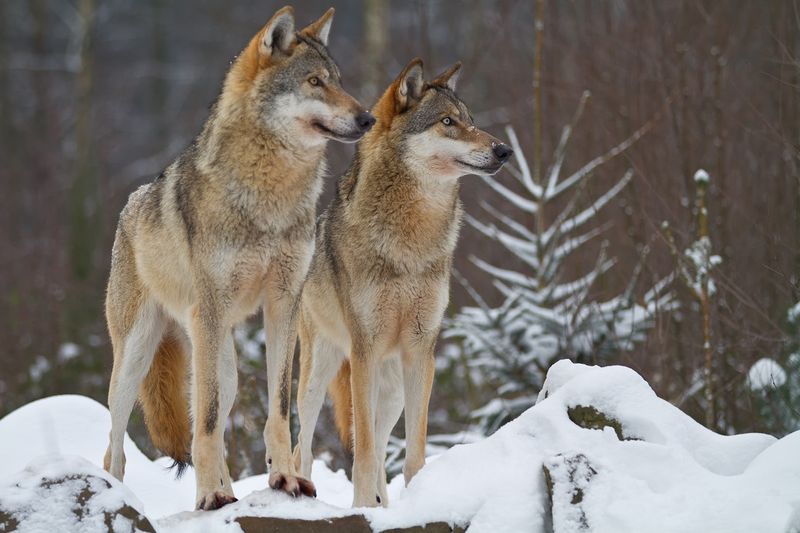
The return of wolves to certain areas has spurred ecotourism, where people travel to see these majestic animals in their natural habitat.
In places like Yellowstone, wolf sightings have become a major draw for tourists, helping to support local economies and raise awareness about wildlife conservation.
Wolves are not only important for ecosystem health but also play a role in promoting sustainable tourism that benefits both wildlife and humans.

